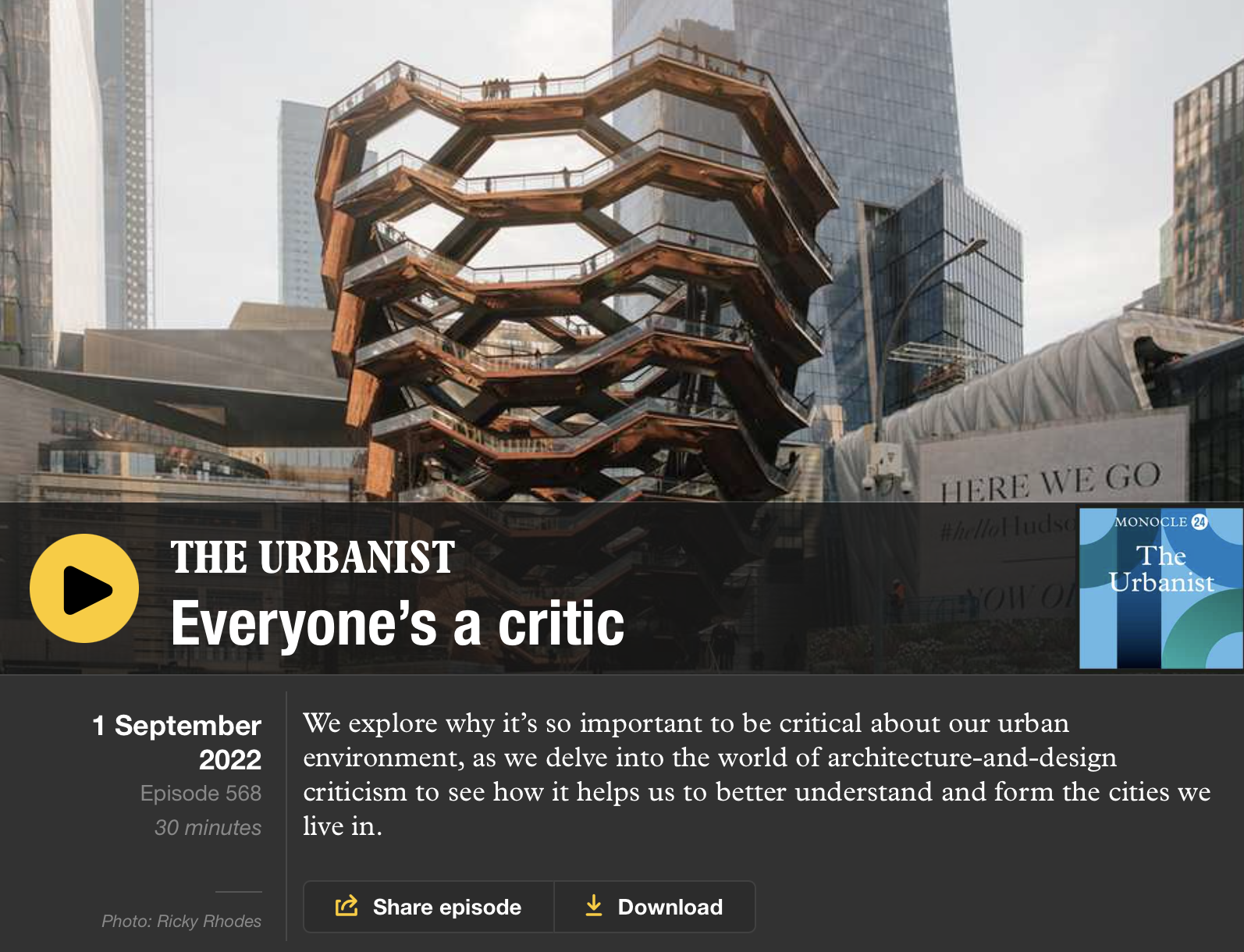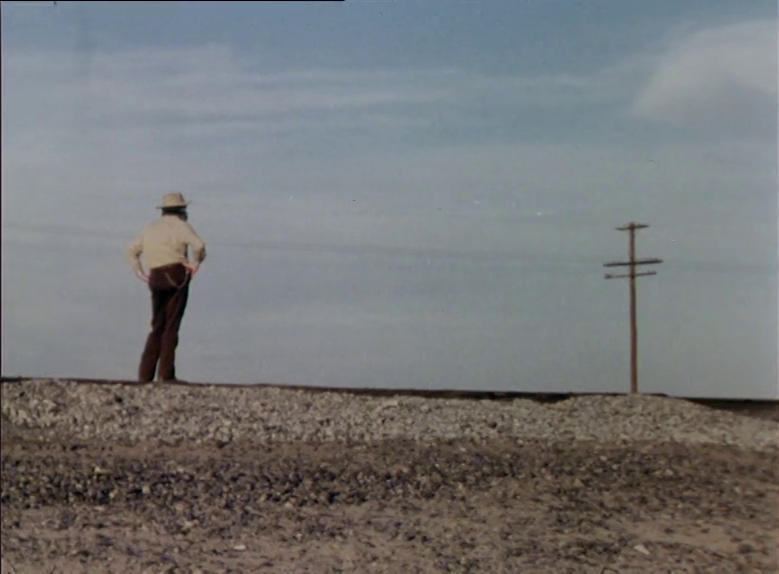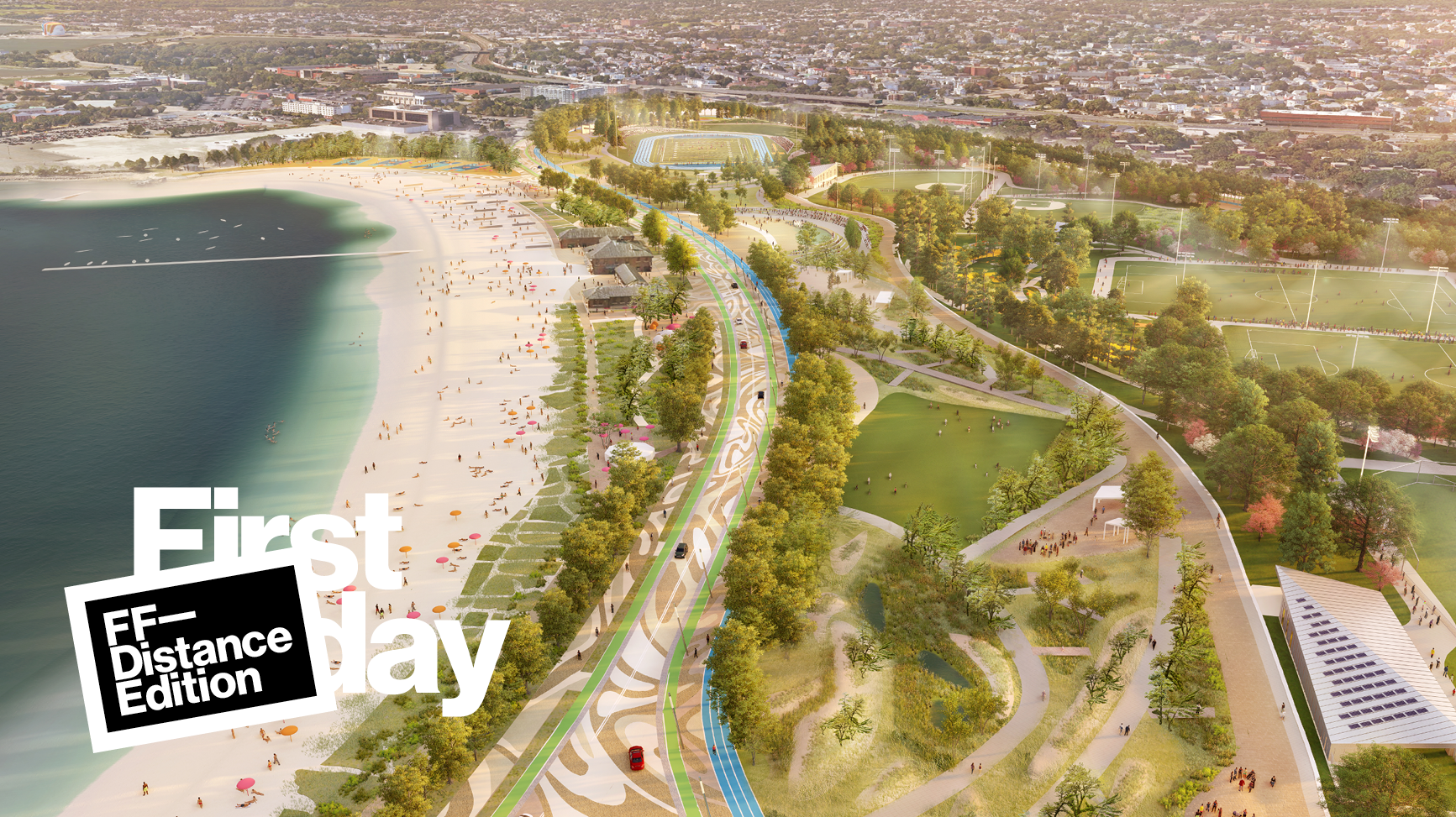At the turn of the last century, the 10 acres on which Vista Hermosa Natural Park sits was a forest of oil derricks. Located on the outskirts of a nascent downtown Los Angeles, dozens of wellheads replaced the native sage and chaparral scrub. A photograph from 1901 shows a poisonous landscape glistening with pools of what might be water—or oil.
Fast-forward a century and the land was still a toxic mess. Working-class homes (built decades after drilling) were bulldozed to make way for the Belmont Learning Complex. A project of the Los Angeles Unified School District, the $200 million middle school campus and housing complex was once deemed “the most expensive school in America” and was meant to bring high-tech learning to the city’s Temple-Beaudry neighborhood. But by 2000, construction had halted, and the planned complex was enmeshed in political scandal that bubbled up to mainstream news outlets.



